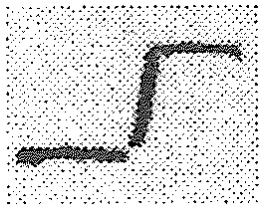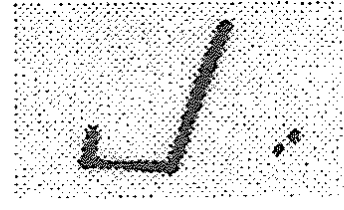Hans Christian Oersted to Faraday 27 December 1849
Copenhagen | the 27 Dec 1849
My dear Sir
Permit me to recall myself in your remembrance in introducing to the honour of your acquaintance the bearer of this letter, Mr. Colding1, Inspector of the Waterworks of Copenhagen and at the same time a successful experimental and mathematical investigator of several philosophical questions. He is a former pupil of our Danish polytechnical school and since many years well known to me as a man of the most respectable character. He visits England particularly in the view to be acquainted with the great improvements, which are made in your Country in regards to the waterworks, sewers and gas-pipes; but he will, as much as his limited time permits him, take an interest in all other scientific objects. I beg that you will be so kind as to favour him with your good counsels and to recommand him to such gentleman, who can facilitate his pursuits.
I shall avail myself of this opportunity to give you a short notice of my continued diamagnetical researches which still I have now been obliged to interrupt through the now ending year.
In the meetings of the Royal Society of Copenhagen the 5th and 19th January this year I have communicated some researches upon diamagnetism2. Most of them are already contained in a printed French notice of which I sent a copy to you in the October 18483; but since the publication of this notice I have been able to show some of the phenomena in a clearer light, and to state some others more correctly. I find that the positions taken by the suspended diamagnetical needles are determined by the borders of the magnetical body. In order to give a clearer view of the phenomena, I shall first suppose that one of the poles of the electromagnet bears a rectangular parallelopipedic [sic] polar piece of soft iron, and that two of its sides are horizontal, the four others perpendicular. If an attractive diamagnetical needle (for instance brass) is suspended vis-à-vis one of the perpendicular sides, the action of the magnetisme will make it point at this surface; but if the needle is suspended above one of the superior borders or below one of the inferior borders the magnetisme will make it parallel to the border. A repulsive diamagnetic body takes in all cases the opposite positions and is thus parallel to the perpendicular side vis-à-vis of which it is suspended, but perpendicular to it and to one of the borders, when it is placed above a superior or below an inferior border.
The same principle holds good in regard to all other forms of the poles of the magnet, when each of the electro-magnetical poles is provided with its polar pieces they will act together after the same principles but of course with much more effect.
My new & often repeated experiments have given me a more correct view of the distribution of magnetisme in the diamagnetic body.
The diagrams here joined will illustrate this distribution.

N and S represent the ends of two parallelopipedic polar pieces of an electromagnet nsns the transversal section of an attractive diamagnetical needle which suspended above the polar piece will take a position parallel to the two neighbouring borders. In this case the distribution of the magnetisme in the needle is such as the small letters s and n indicate; but if the diamagnetic needle in the contrary is a repulsive one, it takes the position perpendicular to the two neighbouring borders.

The distribution of its magnetisme is likewise here indicated by the small letters n and s.
When an attractive diamagnetic needle of inferior power is suspended in a powerfully attractive fluid and exposed to the action of the electromagnet, it will obtain the same magnetical distribution as a repulsive diamagnet, which is quite in conformity with your discoveries. In order to discover the distribution of magnetisme in the diamagnetical needle I make use of very thin iron wires bend in different manner, mostly as
 or
or

You have in earlier years had the kindness to send me your series of researches, of which I possess the first 174. Through I have the whole series in the Transactions, I should be glad to be in possession of the continuation of these immortal papers. I consider already those, which I have, as one of the most distinguished ornaments of my library.
I am, dear Sir, with sincere admiration | most faithfully Yours | H.C. Orsted
To | Doctor Michael Faraday Esq
Address: To | Doctor Michael Faraday Esq | 21 Albemarle-Street
Bibliography
OERSTED, Hans Christian (1848): “Précis d’une série d’expériences sur le diamagnétisme”, Ann. Chim., 24: 424-35.
Please cite as “Faraday2245,” in Ɛpsilon: The Michael Faraday Collection accessed on 1 May 2024, https://epsilon.ac.uk/view/faraday/letters/Faraday2245